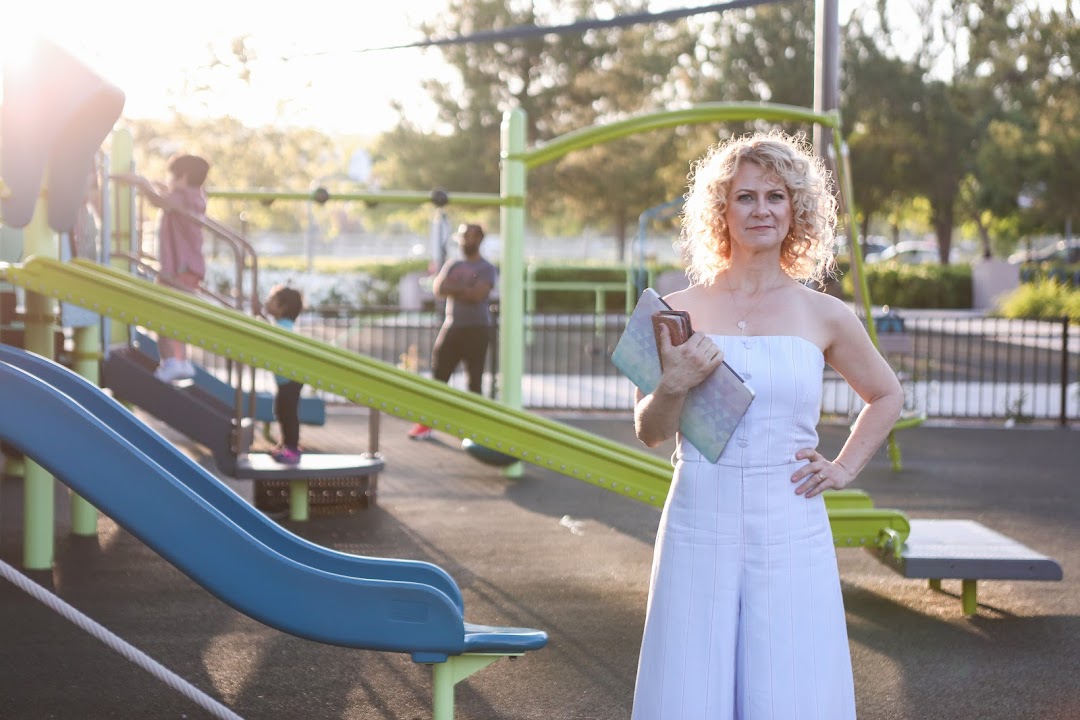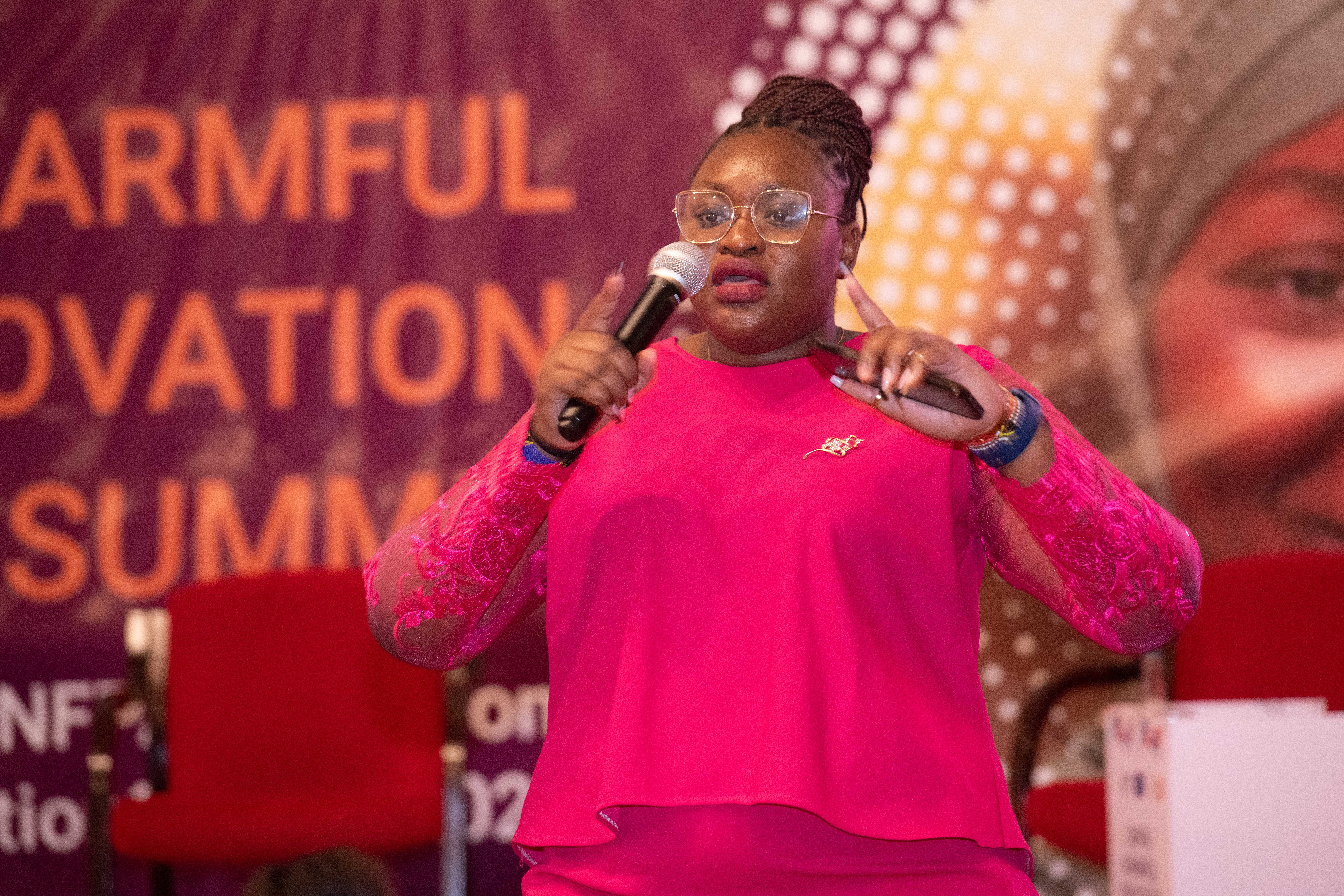Celebrating your C-section
Like most expectant mothers, Fiona Oakes planned to birth her children vaginally. However, it soon became apparent that a caesarean section, or C-section, would be necessary. To mark Caesarean Awareness Month, she shares her story with This Is MedTech.
Medical technology played an important role from the start. “In my first pregnancy, my son was small, so I had regular ultrasound scans to monitor his growth. It was incredibly relieving to see that he was growing inside me,” says Fiona, who specialises in pre- and post-natal fitness. “My little boy was also in a ‘feet-first’ position and when he got to 36 weeks, it was decided that a C-section would be the best option because he was too small to turn,” she tells us.
Worldwide, about 20% of pregnant women undergo a caesarean birth – a surgical procedure to deliver your baby through a cut made in your lower abdomen and womb. It’s a major operation and is usually only done if it’s the safest option for both mother and baby. A spinal or epidural anaesthetic that numbs the lower part of your body is usually given, which allows you to be awake during the delivery. It also means you can see and hold your baby straight away.
In high-risk births like Fiona’s, the baby’s heartbeat is monitored as continuously as possible using medtech like electronic fetal monitoring and cardiotocography. This also helps doctors assess the baby’s oxygen level and keep it stable. The mother’s heartbeat, breathing and blood pressure are also monitored.
While the C-section itself went smoothly, internal bleeding after the operation led to a second surgery and a longer-than-usual recovery period. When Fiona fell pregnant 14 months later, she was adamant that she wasn’t going to have another C-section because of her concerns about being able to recover while looking after a newborn and a toddler. She also wanted to experience labour and a vaginal birth.
“With my daughter, during the 37-week scan, a sonographer spotted that she hadn’t moved and once again, it was determined that the safest option was a scheduled caesarean,” Fiona explains. “In the meantime, I had a fetal monitor to track the baby’s heartbeat and movements. I could hear her heartbeat, which was very reassuring.”
Fiona’s waters broke hours before the scheduled operation. “I did get to experience some labour, although briefly. After further monitoring, it was decided that a vaginal birth wouldn’t happen quickly enough and could jeopardise my baby’s safe arrival, so I ended up having an emergency C-section anyway,” she explains.
Much to her relief, Fiona’s recovery was quicker the second time around. While she would have preferred a vaginal birth, she accepts the way things turned out and is grateful for the safe birth of her children. “I’m now expecting my third child and will be going back in for another C-section.”
As a fitness instructor, she advises her clients to take their time and not jump back into exercise too soon after a C-section. For those who find themselves facing an unplanned C-section, she says: “Relax and try to stay calm. Do what’s safest for you and the baby.”






